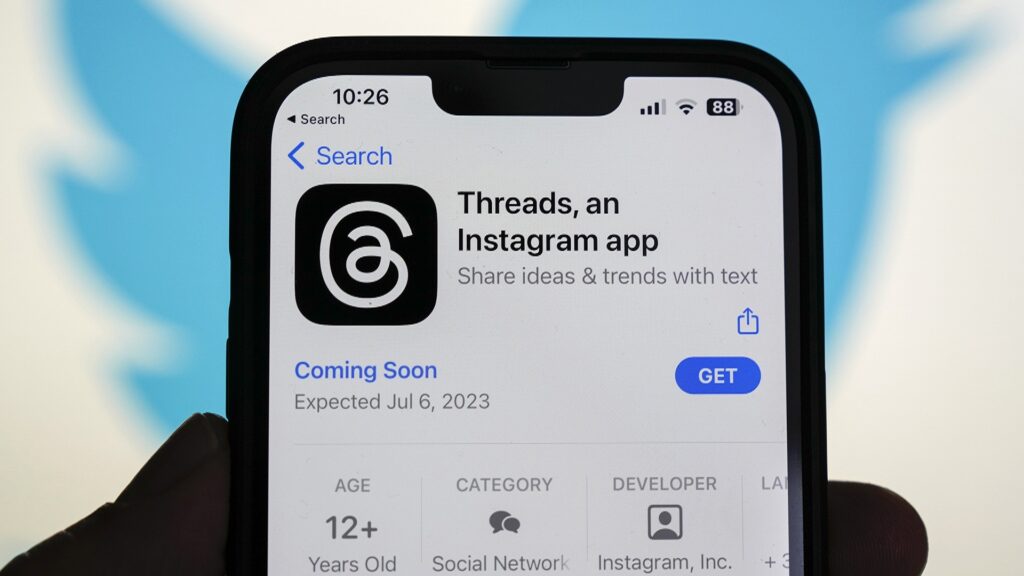MANILA, Philippines – The Philippine Amusement and Gaming Corp. (PAGCOR) is facing criticism for its newly unveiled logo, which was created to mark its 40th anniversary. The logo, worth P3.03 million, has received backlash from the public and the government.
During the logo’s public reveal at the Marriott Hotel Manila, President Ferdinand Marcos Jr., First Lady Liza Araneta-Marcos, and House Speaker Martin Romualdez were present. PAGCOR chairperson Alejandro Tengco explained that the logo represents energy, inspiration, passion, and transformation through the element of fire. It also symbolizes guidance, leadership, and direction, serving as a guiding light.
PAGCOR was established in 1983 under Presidential Decree 1869 during the tenure of former President Ferdinand Marcos Sr. It is the sole government corporation responsible for operating and developing gambling establishments in the Philippines, as well as regulating private casinos.
Over the past 40 years, PAGCOR has contributed a total of P607 billion to the nation, including P64 billion in dividends since 2011, resulting in a total contribution of P671 billion. Under Bongbong Marcos’ leadership, PAGCOR is expected to contribute an additional P45 billion, projected to reach P70 billion by the end of the year.
However, despite the positive intentions behind the logo, its high cost has raised concerns. The logo design was awarded to Francisco Diplon, with a quotation of P3,035,714.28. This has led to public dissatisfaction, particularly on social media platforms.
On Facebook, Kevin Bryan Mecija expressed his disappointment, stating, “No way PAGCOR just chose a logo that’s so similar to Lucky Me’s logo. Never tell us this costs huge sums of money. ‘Designer’ can’t even understand basic color theory and how blue and red connects with gaming and amusement in such that they used gradient for what.”
Critics argue that spending P3 million on the logo is wasteful, as the previous logo could have conveyed the same meaning. Khyle Alegre expressed his disappointment, saying, “3 million pesos worth for quotation then just like this ‘yung output? You’re ashamed of yourself.”
In light of these criticisms, Roy Van Rivero highlighted the perceived misuse of public funds, stating, “Changing the logo seems to be wasting P3 million of the people’s money, especially since the meaning behind the new design can still be applied to the old one.”


